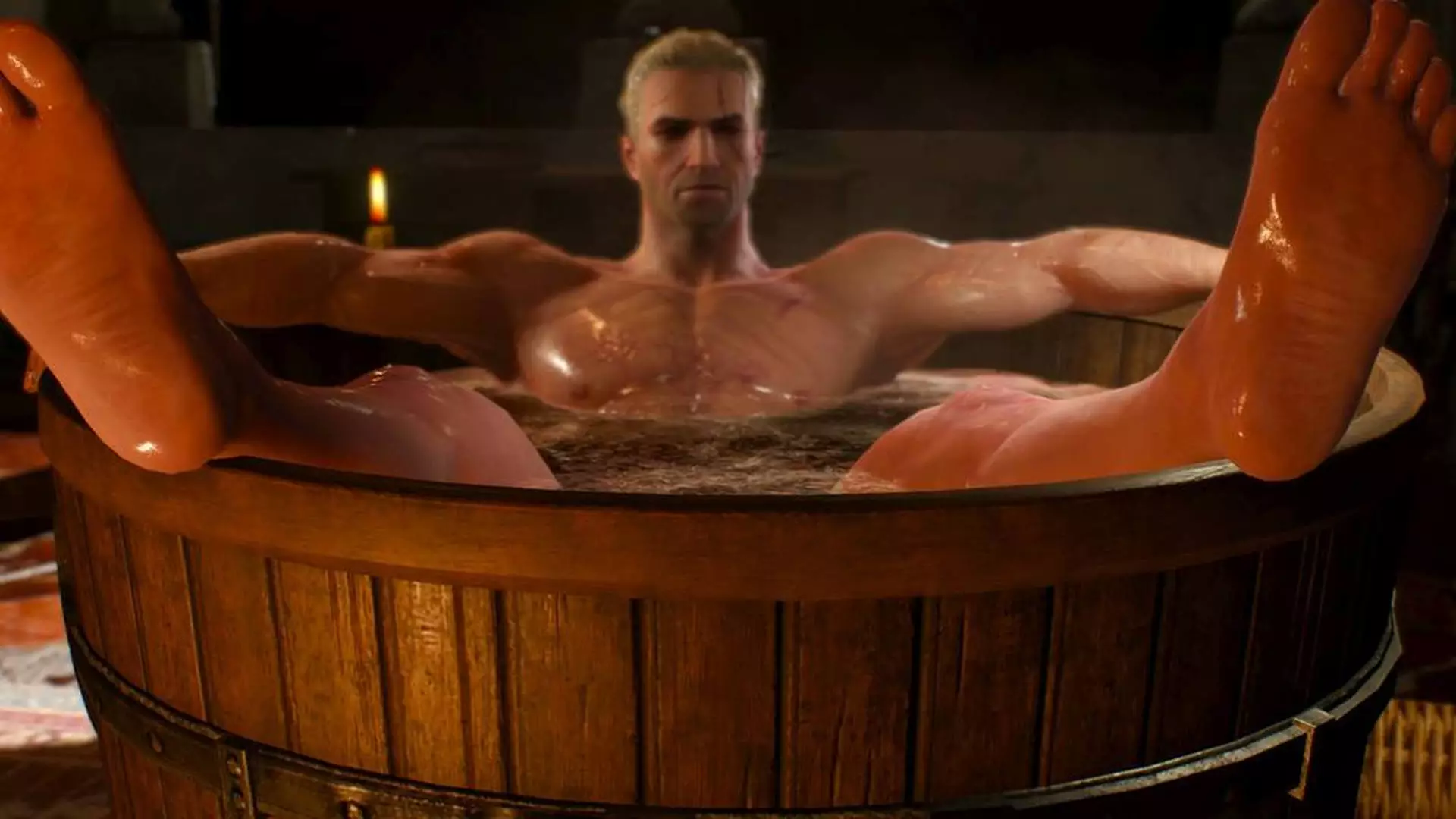In a recent reflection on the development history of *The Witcher 3*, game developer CD Projekt Red revealed an intriguing concept that never made it to the final cut: a mechanic designed to make Geralt of Rivia drown if he ventured into water while fully armored. This idea, while imaginative, raises fundamental questions about balance between reality and gameplay enjoyment. The aim was to add an element of realism to the vast world of the game, where aquatic adventures would require careful planning and character preparation. However, such a mechanic might have turned delightful escapades into frustrating obligations.
The Cost of Over-Reliance on Realism
While each player appreciates a level of immersive realism, it is crucial for designers to maintain a fine balance that promotes fun rather than frustration. Imagine Geralt, a seasoned monster slayer, having to strip off his armor every time he needs to cross a river or swim. What starts as an engaging immersion tool can rapidly devolve into game-breaking tedium. Every small foray into the water could transform into a burdensome ritual, detracting from the excitement that players expect from the open-world experience.
The notion of removing armor for swimming also risks undermining the character’s prowess as a warrior—a concept that contradicts the established lore surrounding Geralt. The very essence of *The Witcher* revolves around Geralt’s ability to conquer formidable beasts, traverse rugged terrains, and endure harsh conditions. Stripping down for a swim could evoke a sense of vulnerability that seems antithetical to his character.
Historical Context and Gameplay Precedents
Interestingly, the idea of drowning in armor isn’t without historical context. The death of Frederick Barbarossa serves as a cautionary tale, illustrating the perils of succumbing to one’s gear. However, what may resonate in historical documentation often falters in the realm of gaming, where players seek rewarding experiences rather than echoing the misfortunes of long-dead emperors. Whether or not Barbarossa’s demise played out as legend describes, it indicates that past realities should not dictate modern gameplay mechanics.
Unlike an engaging plot twist or an unexpected turn of fate, including such a mechanic often leads to repetitive strain and player disengagement. Exploration in games should evoke curiosity, not dread over the minutiae of survival. Players are drawn to the world created in *The Witcher 3* for its rich storytelling and stunning visuals, not to turn it into a miniature survival simulator where minor actions become burdensome chores.
A Lesson in Game Design Choices
The decision to abandon this concept perhaps reflects a broader lesson in game design—where the pursuit of realism must be balanced against the imperative fun factor. An enjoyable game experience thrives on creativity and freedom, not restrictions that muddle the gameplay. As CD Projekt Red continues to develop future projects in the Witcher franchise, they should consider this foresight. After all, engaging narratives, rich lore, and dynamic gameplay are what grant a game its legendary status.
While it’s fascinating to ponder what could have been, the spirit of Geralt thrives best when the narrative and gameplay serve to empower players, encouraging exploration of the fantastical elements of his world without drowning in the complexities of realism.

